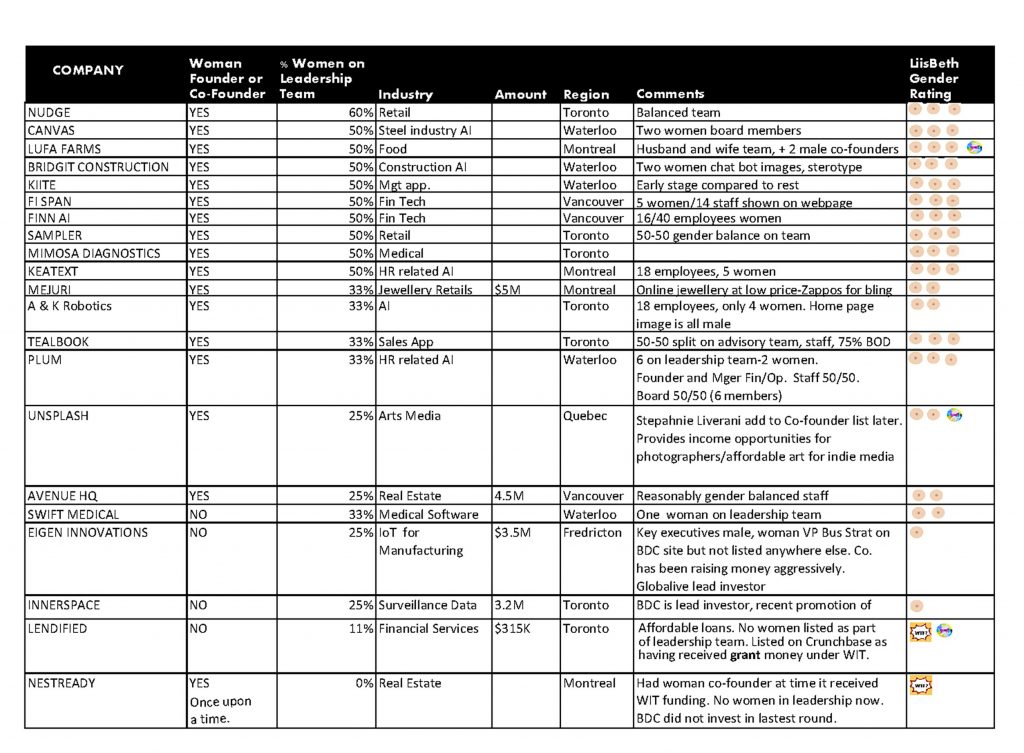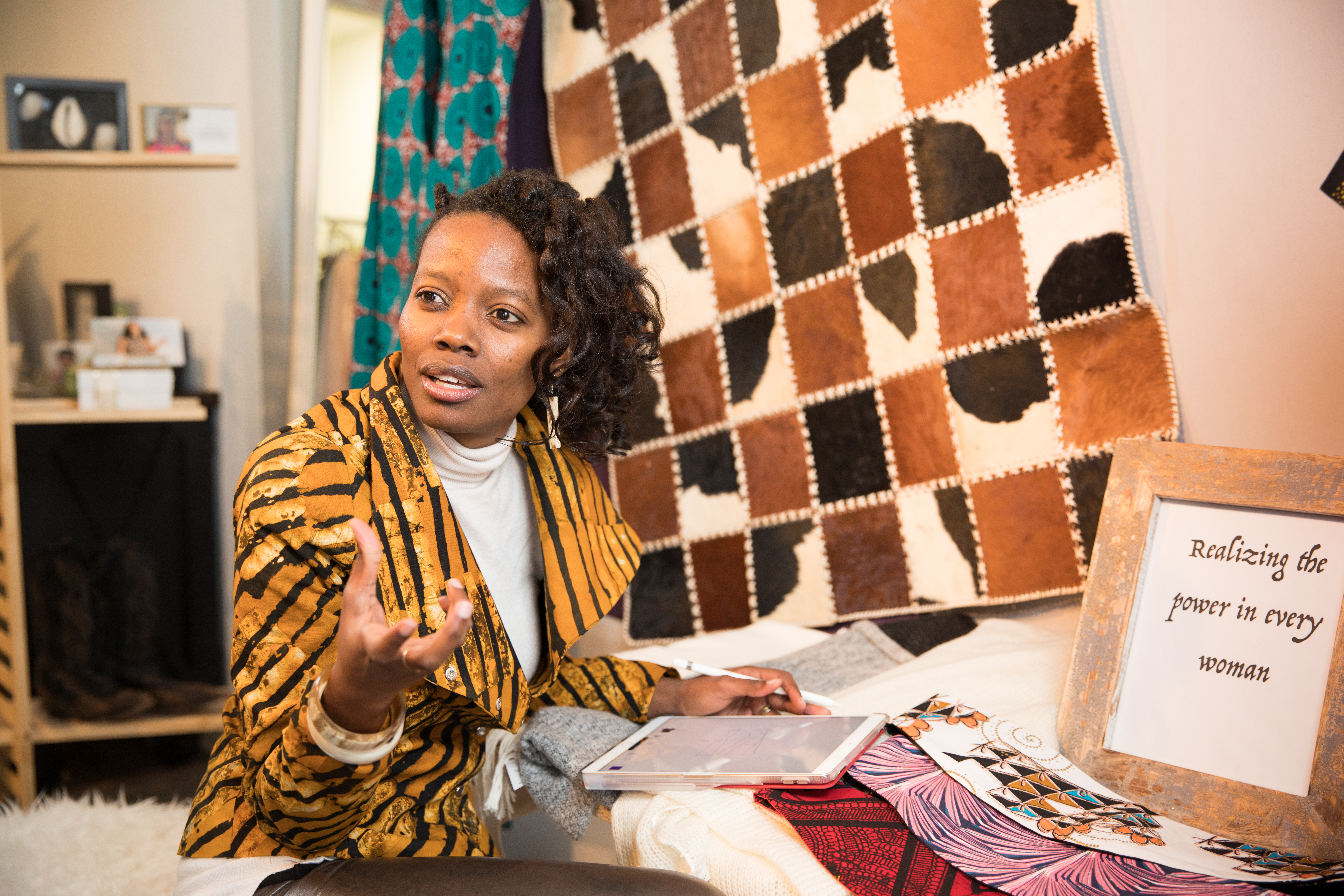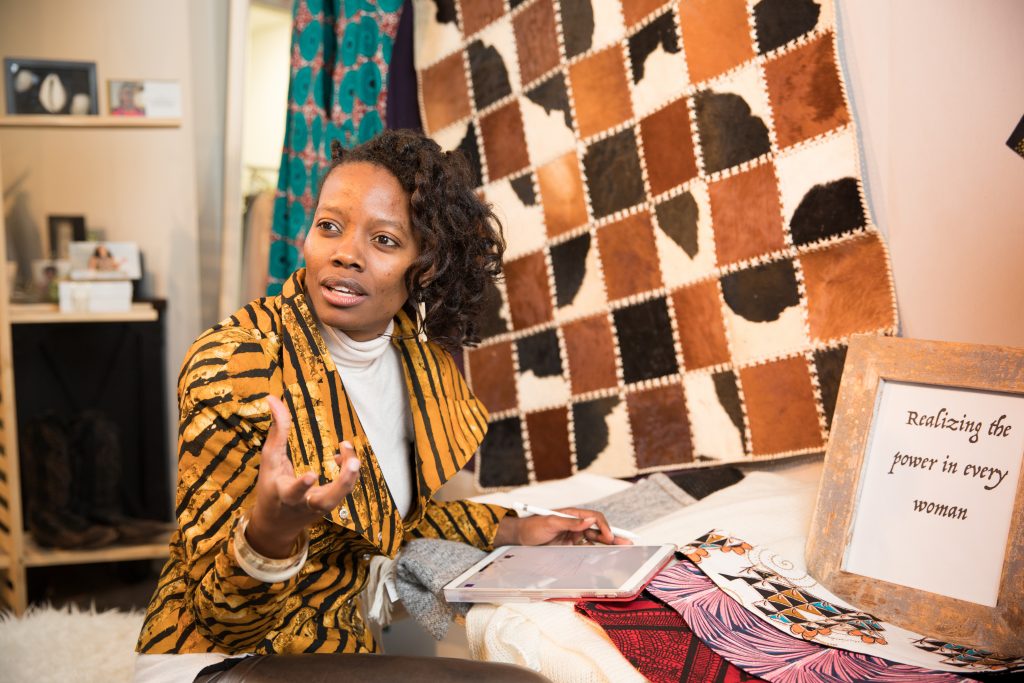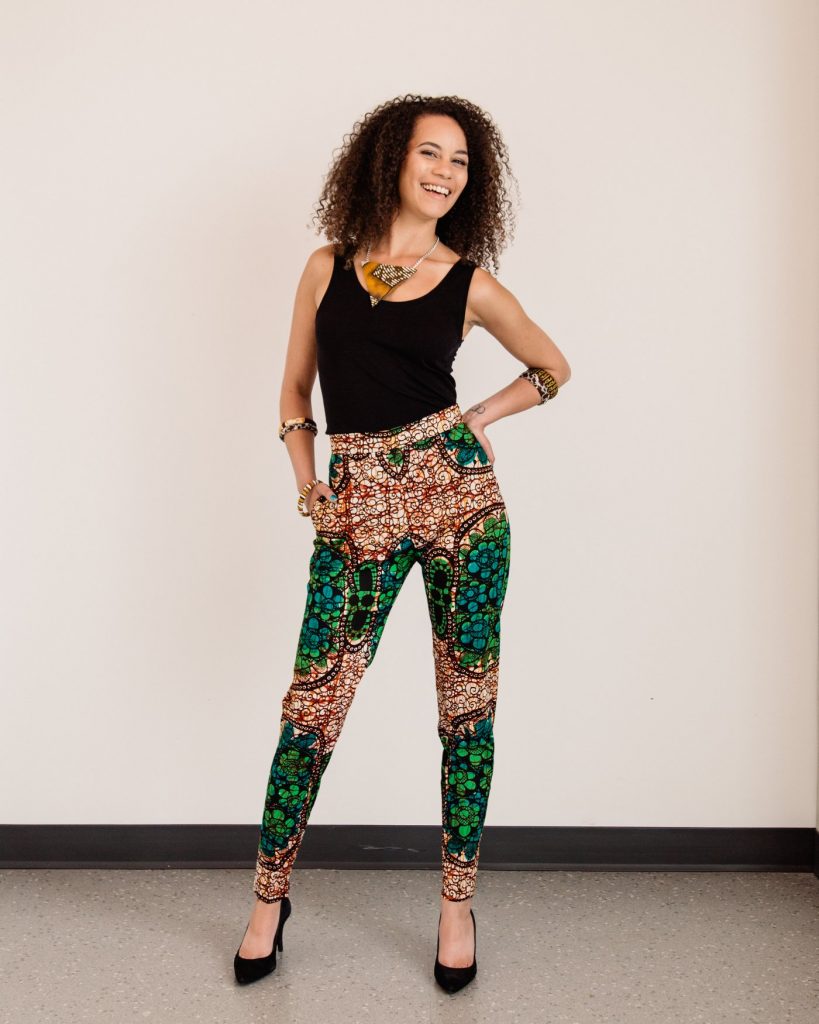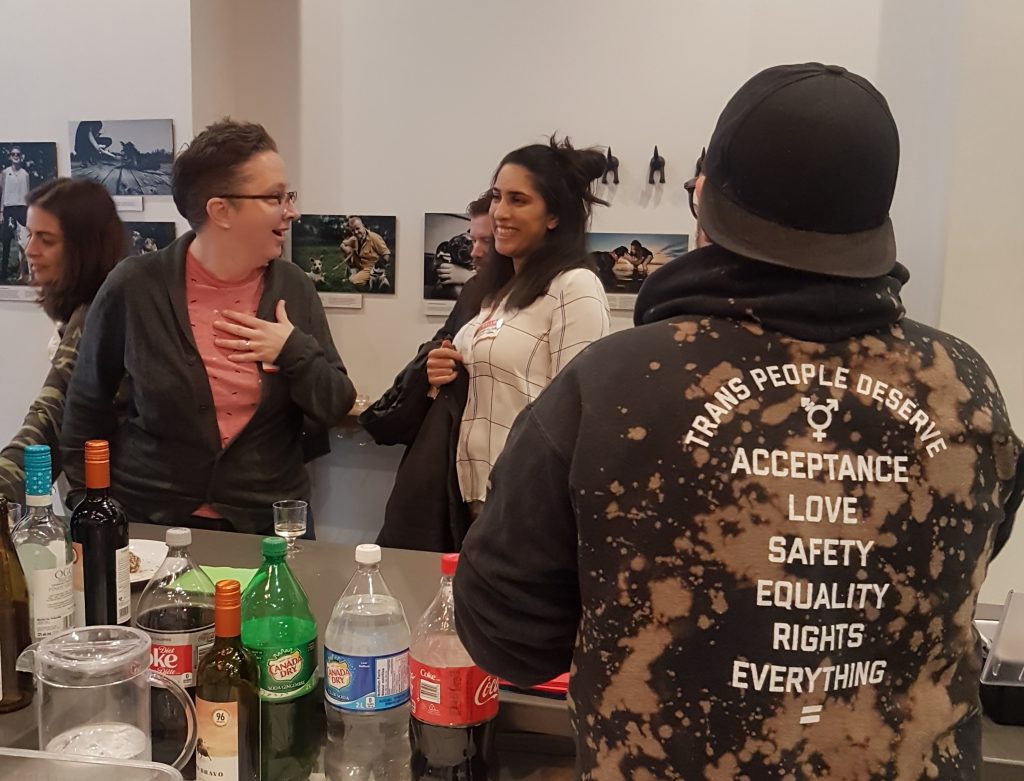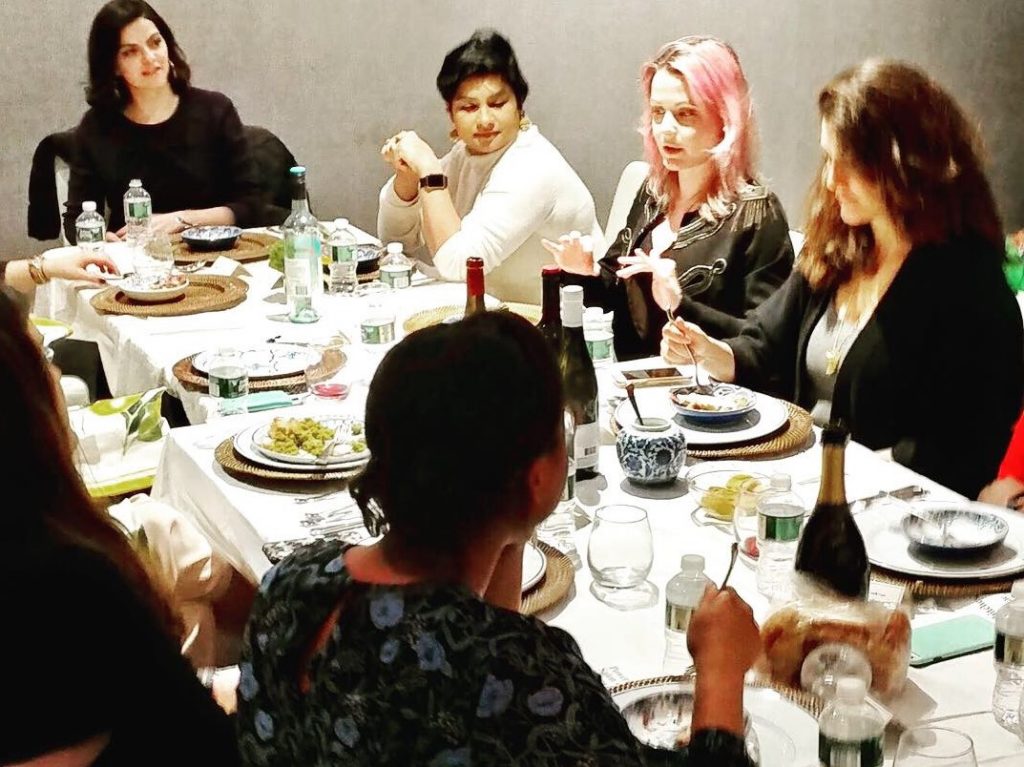
Rachel Hills is a feminist writer, producer, and movement maker whose work has been published in the New York Times, Washington Post, Cosmopolitan, The Guardian, The Atlantic, Vogue, BuzzFeed, The Cut, and many more. She has spoken at more than 20 colleges and universities across the United States, delivered two popular TEDx talks, and has keynoted at Harvard Sex Week and the Sydney Opera House. Hills’s book, The Sex Myth, was written to help make sense of the feelings of shame and difference she felt around her own sexual history. Research for the book involved interviewing hundreds of people across the US, UK, Canada, and Australia along the way. She founded Break The Sex Myth in 2017 to help transform the book into a tool for storytelling, consciousness raising, and cultural change.

In addition to managing her writing career, Hills recently founded a new feminist community network venture called Powerbitches. The enterprise values in real life networking experiences and offers small group salons over three-course meals. Its “Our Gather” events, Brains Trusts, and members-only listserv provide a a “hi-res” confidential space to test new ideas and work through the common challenges we face as leaders, creators, and innovators. Hills writes: “We believe that work matters: not just as a source of economic security or personal fulfilment, but as a space through which we impact and remake the world. Powerbitches members start companies, make art, or go into work on a Tuesday morning because they are driven to positively impact the world in some way. Keen on authenticity, Powerbitches focuses on encouraging conversations about tough realities rather than presenting a ‘sunny, social media–ready version of our successes and failures.'”
Intrigued? Read on.
LiisBeth: What is Powerbitches?
Rachel Hills: Powerbitches is a membership-based international community of women doing entrepreneurial, purpose-driven work, based out of New York City. We differ from other “women in biz” groups through our focus on building genuine relationships through substantive conversation. We don’t do classic panels, for instance, where two or three or four people sit on a stage, and a hundred people listen in the audience and go home without talking to anyone. Our events are deliberately kept much smaller and designed to be highly interactive so that you can easily get to know the other people in the room. And because we are funded by our members, we’re able to build our content and events around their needs, rather than using them as a promotional platform for sponsors.
Tell us about the membership. Who shows up?
Our members are women who are running small businesses, freelancing, or working in salaried jobs but are developing a passion project on the side. They are striving to make an impact in the world, whether it’s by setting up a new non-profit providing operations support to abortion clinics, or creating an app that helps new parents discover baby-friendly cafes in the area. And they’re hungry for a community of like-minded people to celebrate their wins with and talk through their challenges. As one of our members, journalist Jessica Wakeman, puts it: “Community exists in lots of places: Facebook groups, iPhone group chats, even Twitter (sort of). But Powerbitches fosters authentic feelings of connection and made me feel part of a group that truly mattered to each other.”
You’re a busy mom with a toddler. Translation: No time. Why did you feel it was important to start this initiative?
I will be self-employed for nine years this July, but a couple of years ago I began transitioning from freelance writer to small business owner, creating, selling, and funding my own projects. It was exhilarating, but also really challenging, and I wanted a community I could talk to about the questions I was grappling with. As a frequent attendee of panels, conferences, supper clubs, and networking events myself, I’d also been nursing a feeling for a couple of years that a lot of them could be done better, whether it was introducing a professional matchmaking session over lunch at a conference, or engaging people at a networking event in a facilitated conversation instead of leaving them to mingle over drinks. So at the end of 2017, I decided to bite the bullet and create what I needed.
You live in New York. Aren’t there a lot of feminist clubs there? Why another one?
Yes … and no. There are definitely a lot of services and events that are targeted at women, whether you’re talking co-working spaces, supper clubs, conferences, or panels. And there are also a bunch of largely virtual feminist communities. I’m a member of Continuum, WIN, and WAM, to name a few.
But there are also some important things that set Powerbitches apart. The first is both the specificity and the breadth of the membership we serve. We’re not a generic women in business group where, to be honest, I’ve found I’m unlikely to meet people who share my interests and values. The purpose-based membership requirement genuinely sets our members apart. But our membership is also broader than, say, WAM, the ultimate listserv of feminist journalists (which, as a former journalist, I love), but also all journalists. Powerbitches members are a mix of entrepreneurs, non-profit leaders, and creative types (musicians, filmmakers, journalists, etc.), driven by a sense of common and complementary purpose.
The second thing that sets us apart is our focus on live events and on conversations over passive consumption of information. We run two live events every month: one, a supper club with a woman doing game-changing feminist work, and the other, a facilitated group discussion on an issue facing our members, such as money, authentic marketing, or incorporating your values in your business.
As I wrote about in a recent post on the Powerbitches blog, there are a lot of people selling the idea of community right now, but far fewer are actually delivering on it. There are good reasons for this. Genuine community is labour intensive! It’s time consuming! It’s difficult to scale! It’s not obviously or easily profitable. But it matters, and it’s at the heart of what we offer.
Can you be a member even if you live outside of New York? Or the United States?
Yes! At the beginning of 2019, we opened a virtual membership for people living outside New York City. Virtual members get access to our members-only listserv and can virtually access and participate in some of our live members-only discussions. In the longer term, I’d like to see the virtual Powerbitches community become a kind of international and cross-disciplinary network of feminist badasses, sparking new collaborations and deepening knowledge of each other’s work. We’re also looking at introducing live events programming in other cities in 2020, but are still figuring out the model, like how to pay for it, and how to sustain the people working on and running the events.
So great to see you hosting a feminist entrepreneur event. Tell us more. And how can we find out what was learned?
One of our members, Lex Schroeder (who readers may be familiar with through her work on the Entrepreneurial Feminist Forum and her writing for LiisBeth) came to me last year with the idea of partnering on a small EFF dinner in New York. We couldn’t pull it together in time, but the idea stayed with me. I love the work that LiisBeth and others are doing around feminist business practices, and think it’s such a rich area for discussion. There’s a lot of talk in the US right now about women entrepreneurs and women in leadership, but not as much public conversation about what makes a business feminist and how to integrate your feminist values into your everyday lived business practice. And while there are lots of entrepreneurs out there doing great feminist work, my sense is that “feminist entrepreneur” isn’t really a self-identified field here in New York just yet.
So on Monday, May 13, we’ll be bringing together a group of 30 to 40 feminist-identifying entrepreneurs, creators, and non-profit leaders of all genders in New York City for a unique roundtable talking about what feminist entrepreneurship is, highlight some of the great projects entrepreneurs in the city are working on (mapping and inviting people to this event has been a lot of fun!), and learn more from the people in attendance about their ideas, challenges, and how they’re integrating their values into their business.
Because of the size of the event and the fact that it will be so interactive (at times there will be many conversations rather than just one), we’re not allowing people to participate virtually through Zoom video conferencing. We feel that it wouldn’t do justice to either of our live or virtual participants. But we will be sharing the results of the conversation after the fact. And I’m interested in rolling out similar roundtables in other cities.
What are you reading these days?
I just finished reading Jennifer Armbrust’s Proposals For The Feminine Economy in preparation for May’s event. And I loved Megan K. Stack’s Women’s Work: A Reckoning With Work and Home, one of the best feminist non-fiction books I’ve read in a long time.
Thank you, Rachel. You rock! And yes, we signed up. And you can too. Click here.
Related Readings
https://www.liisbeth.com/2016/07/11/selling-up-moving-up/
https://www.liisbeth.com/2018/06/27/lessons-from-women-who-start-up-and-slay/






